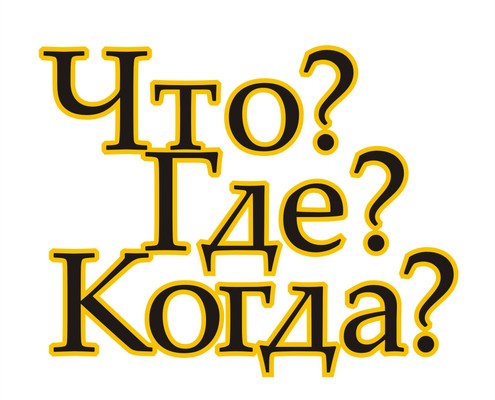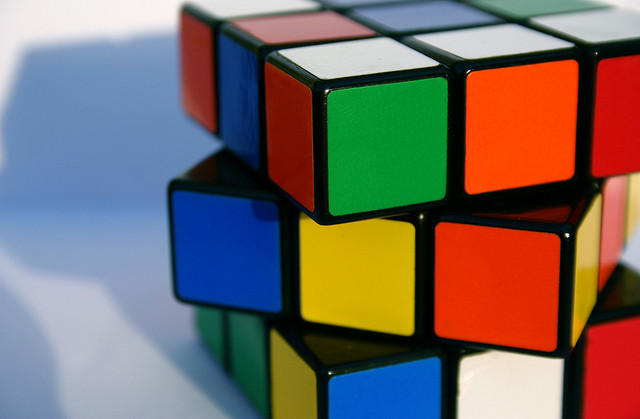Overview
Up to 8 teams can take part in the intellectual game Brain-Ring (a Brain game). Each team consists of four or more players which organize a team on their own during the conference. The game is divided into rounds. In each round, the moderator of the game asks one question. If this question was prepared by a team then this team does not participate in the round, and the question is asked for the other teams. Then the teams discuss the question and prepare the answer. Using the answers the moderator calculates the scores earned by each team in this round of the game. The round ends when the moderator receives the correct answer or after 3 incorrect answers. In total, there are at least 10 questions from the organizers of the game and 6 questions from each team. The team that scores the maximum number of points wins the game.
Preparing for the game
Prior to the game, the initiative young people, wishing to take part in the game, form a team from among the participants of the conference. Each team chooses the captain (one of the team members). Also, each team comes up with at least 6 questions that will be asked in the game for the rest of the teams. In advance the captain presents the team and the questions to the moderator of the game.
Discussion in the team
Prior to the game, the initiative young people, wishing to take part in the game, form a team from among the participants of the conference. Each team chooses the captain (one of the team members). Also, each team comes up with at least 6 questions that will be asked in the game for the rest of the teams. In advance, the captain presents the team and the questions to the moderator of the game.
In each round of the game, the moderator asks a question and gives 1 minute for discussion. During this time, each team discusses the question and comes up with an answer. Discussion is interrupted if:
1. The time given for discussion (1 minute) is over.
2. One of the teams is ready to give an early answer.
If the time is over (point 1), then each of the teams answers the question in turn. The moderator takes the answers and reads the correct answer. Scoring is being done.
If a team is ready to give an early answer (point 2) then only this team responds the question. If the team gives the correct answer, then the round is over and the scoring is done. If the answer is incorrect, then the discussion continues until either point 1 or point 2 is fulfilled, and the team that has given an incorrect answer does not further participate in this round.
The team captain must choose who of the team will answer the question (he can answer himself).
1. The time given for discussion (1 minute) is over.
2. One of the teams is ready to give an early answer.
If the time is over (point 1), then each of the teams answers the question in turn. The moderator takes the answers and reads the correct answer. Scoring is being done.
If a team is ready to give an early answer (point 2) then only this team responds the question. If the team gives the correct answer, then the round is over and the scoring is done. If the answer is incorrect, then the discussion continues until either point 1 or point 2 is fulfilled, and the team that has given an incorrect answer does not further participate in this round.
The team captain must choose who of the team will answer the question (he can answer himself).
Scoring rules
In each round, 5 points are played. These points are distributed between the teams that prepared this question and the teams that answer the question. If a team has correctly answered the question, then it gets points, and if it's wrong, it gets 0 points.
1. At the end of the time given for discussion, the teams answer to the question in turn (clockwise), starting with the first team behind the team that gave the last correct answer. The
2. The team can give an early reply. If the answer is not correct, then it is eliminated from the round, and the remaining teams continue the discussion.
If the team gives an early answer and the answer is correct, then it gets 5 points, and the team-author of the question gets 0 points. If the team answers secondarily (before it one of the teams gave a wrong answer), then it gets 3 points, and the team-author of the question gets 2 points. If the team answers thirdly, then it gets one point, and the team-author of the question gets 4 points. If three teams gave the wrong answer, then the round is over, and the team that asked the question gets 5 points.
1. At the end of the time given for discussion, the teams answer to the question in turn (clockwise), starting with the first team behind the team that gave the last correct answer. The
2. The team can give an early reply. If the answer is not correct, then it is eliminated from the round, and the remaining teams continue the discussion.
If the team gives an early answer and the answer is correct, then it gets 5 points, and the team-author of the question gets 0 points. If the team answers secondarily (before it one of the teams gave a wrong answer), then it gets 3 points, and the team-author of the question gets 2 points. If the team answers thirdly, then it gets one point, and the team-author of the question gets 4 points. If three teams gave the wrong answer, then the round is over, and the team that asked the question gets 5 points.
Requirements for questions
The questions should be interesting, it is desirable to prepare questions related to science or that have a scientific and popular character. The questions should not include a background information, for example: "In what year did Peter I (Alexander the Great, Nicholas II ...) visit (conquered, organized ...) ..." such questions cannot be filed. Ideally, the answer to a question should require some reasoning, a simple (very!) calculation, and mental activity.
An example of a good question: Why1 are soap bubbles spherical?
Answer: Soap bubbles have a spherical shape because the surface energy for a body of a given volume is minimal if the body has a spherical shape.







